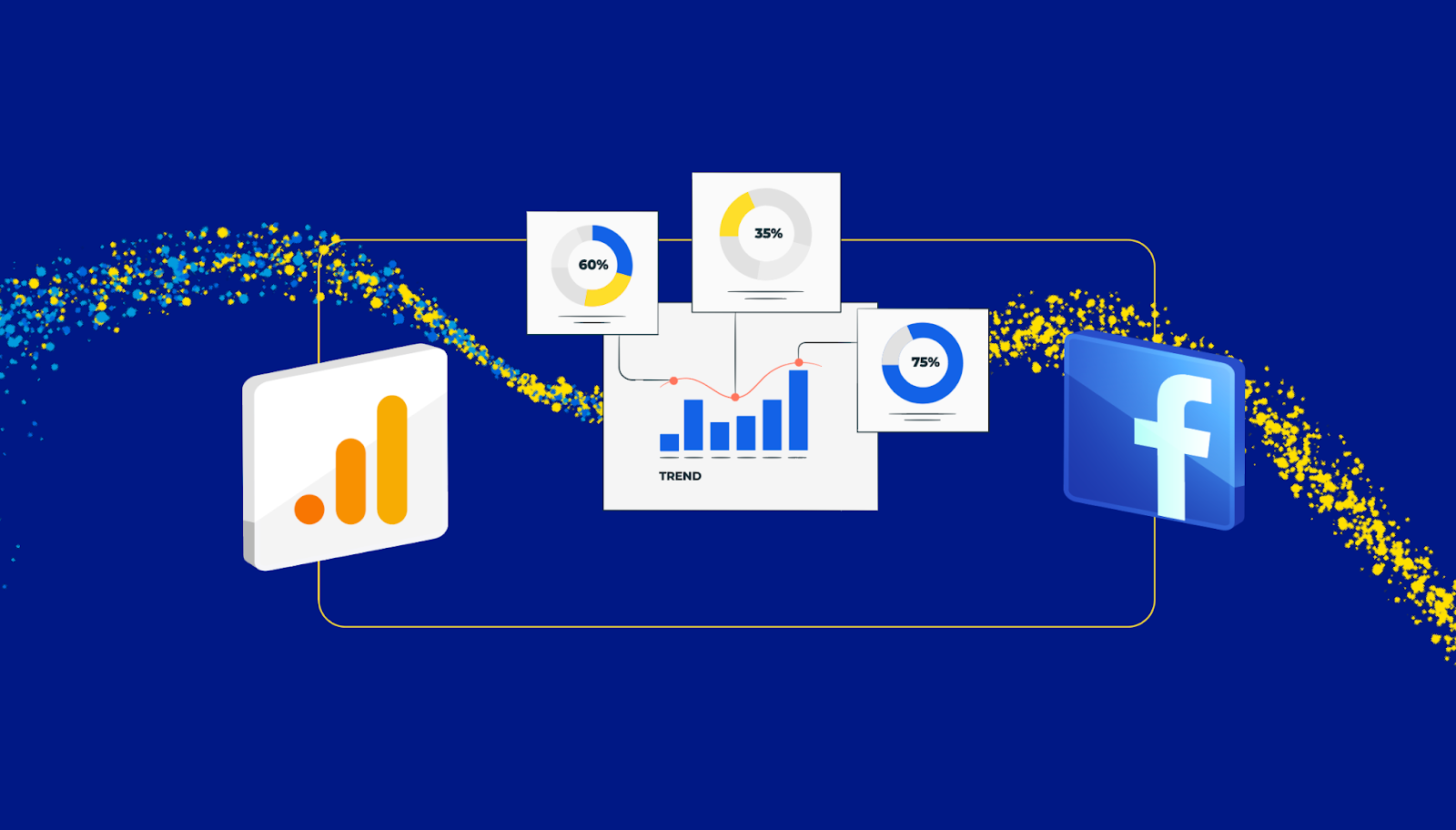Your cart

Heading
Heading

How Can Data Analytics Help SME Businesses in Malaysia?

1. Understanding Customer Behaviour
Why does it matter?
Knowing your customers’ behaviour helps tailor your products and services to meet their needs more effectively.
How to do it?
Use tools like Google Analytics to track how customers interact with your website. Identify which pages they visit most, how long they stay, and where they drop off. This data can highlight areas for improvement.
For example:
An e-commerce store might find that a high percentage of users abandon their cart on the checkout page. This insight can lead to simplifying the checkout process or offering incentives to complete purchases.

2. Optimising Marketing Campaigns
Why does it matter?
Data-driven marketing decisions can significantly enhance the effectiveness of your campaigns.
How to do it?
Implement A/B testing to determine which marketing strategies resonate best with your audience. Test different headlines, images, and calls to action, and use tools like Google Ads and Facebook Insights to measure performance.
For example:
A retail business might run two versions of an email campaign to see which one generates more clicks and conversions. Based on the results, they can refine their email marketing strategy.

3. Improving Operational Efficiency
Why does it matter?
Streamlined operations can save time and money, allowing SMEs to focus on growth.
How to do it?
Analyse internal processes using data from various sources such as CRM systems, ERP software, and time-tracking tools. Look for bottlenecks or inefficiencies that can be addressed.
For example:
A manufacturing SME could use data analytics to track production times and identify stages in the process where delays occur, enabling them to implement process improvements.

4. Predicting Trends and Preparing for the Future
Why does it matter?
Anticipating market trends allows businesses to stay ahead of the competition and adapt proactively.
How to do it?
Utilise predictive analytics tools to analyse historical data and identify patterns. These insights can inform future business strategies and decisions.
For example:
A fashion retailer might use trend analysis to predict upcoming styles and adjust their inventory accordingly, ensuring they meet customer demand.

5. Enhancing Customer Experience
Why does it matter?
A better customer experience can lead to increased loyalty and higher sales.
How to do it?
Gather feedback through surveys and social media monitoring. Analyse this data to understand customer pain points and preferences.
For example:
A restaurant could use customer feedback to tweak their menu, introduce popular dishes, and improve service quality, leading to higher customer satisfaction and repeat business.
Getting Started with Data Analytics
To effectively leverage data analytics, SMEs need to choose the right tools and resources:
- Google Analytics: For tracking website traffic and user behaviour.
- Google Data Studio: For creating comprehensive data visualisations.
- Microsoft Excel: For detailed data analysis and reporting.
- Survey Tools: SurveyMonkey or Typeform for collecting customer feedback.
By integrating data analytics into their operations, SMEs can gain valuable insights that drive informed decision-making and business growth. Whether it's understanding customer behaviour, optimising marketing efforts, or improving operational efficiency, data analytics offers a clear path to success.
Keywords
- Data Analytics for SMEs
- Business Insights
- Digital Solutions for Business
- Small and Medium-Sized Enterprises
- Customer Insights
- Operational Efficiency
- Competitive Advantage
- Data-Driven Decision Making
Start the Conversation.

Hello, Beth.








